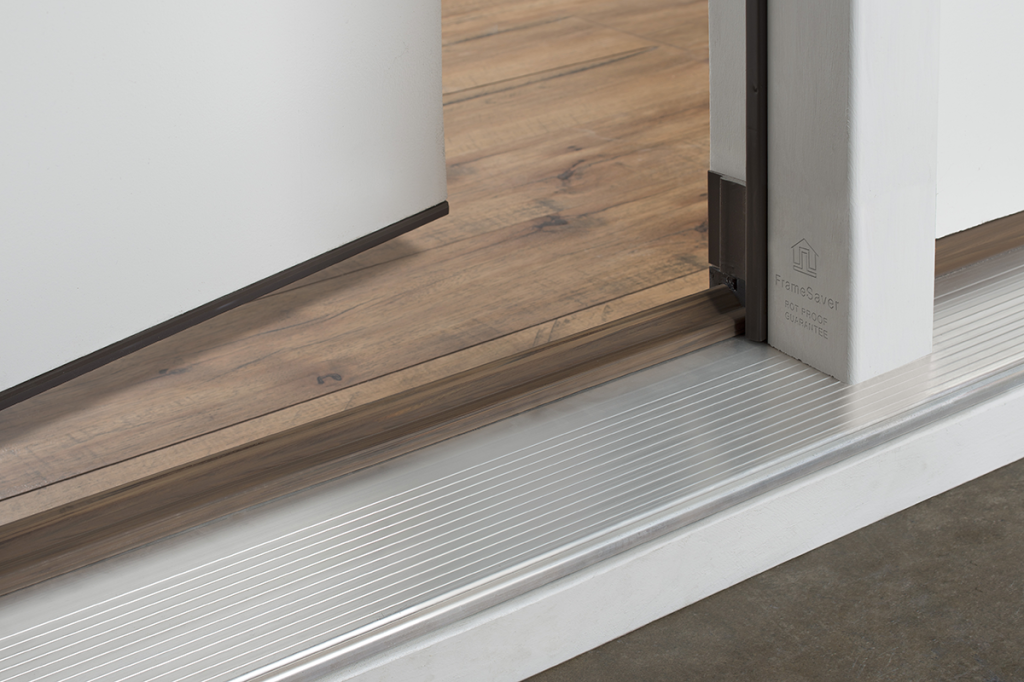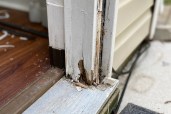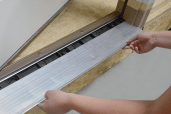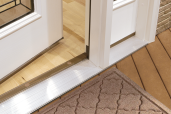Why door systems fail?
To answer that question, we went to an expert on keeping air and water out of buildings: Cody McMillian directs Endura Product’s Fenestration Test Lab. Major players in the door industry, as well as Endura, put their products to the test at Endura’s world class test lab to ensure top performance in the real world. Door systems are put through rigorous, certified testing to meet building codes and building performance standards. Air, water, and structural testing prove that products not only perform when they are new, but that they remain durable over time. Here are four reasons McMillian gives for why door systems fail, and his recommendations for how to avoid these and seal the weather out.
One. Improper use of door components. Sills, frame, door bottoms, corner pads, weatherstrips, mulls, astragals, locking systems and more are designed to work together to build a door system that lasts. Each junction where door components interact with each other can be a point of system failure if door components are not properly specified to work together. Mixing and matching can work, but the builder should make certain that the whole is greater than the sum of its parts.
Two. Improper door build and assembly. Proper margins are required for sealing components to work effectively. Complete sealing around the entire perimeter of the door follows. Strategic sealing must occur at all 4 corners of the door – caulking between the sill and the jambs and at the top corners between jamb and header. Each door component must be properly assembled and sealed to form a continuous barrier of protection.
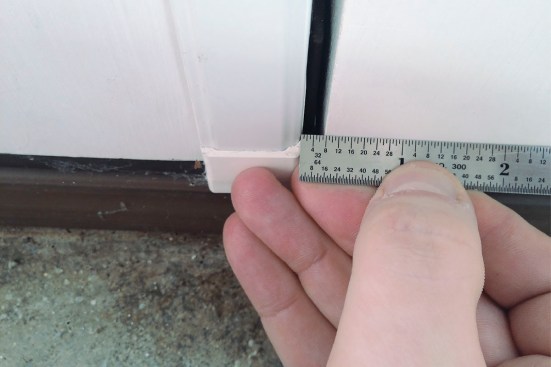
Measuring the door margin
Three. Improper installation and water proofing. Installing a door properly goes hand in hand with properly building the door system in the shop. The door must be installed square and plumb in the rough opening to ensure that the door closes securely against built-in weather stripping and gaskets. Next, the door must be properly caulked and flashed to stop water and air infiltration. There are many critical flashing details that can lead to expensive rot repairs, but one of the most overlooked, according to McMillan, is failing to caulk between the sill and subfloor. When this happens, water runs under the sill and pools, soaking into the floor and jambs, which eventually deteriorate. Missing head flashing, reverse lapped jamb flashing and missing caulk beneath flanges and between the sill and subfloor can all lead to expensive rot repairs.
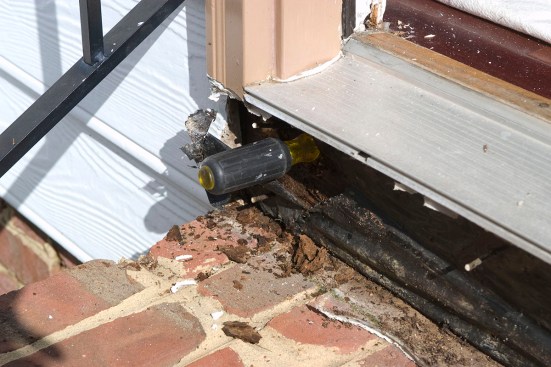
Water infiltration
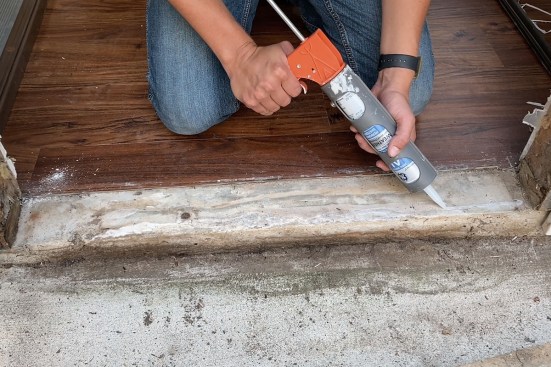
Caulking under sill, damaged jambs
Four. Improper maintenance. Basic maintenance to keep sills adjusted, surfaces properly painted, clean and caulked must occur for your door system to work properly over time. Maintenance-free products like self-adjusting sills, rot-proof door frames and sealing gaskets that replace caulking and floating boots are just a few of the ways to reduce maintenance and ensure that the door works properly.
For a variety of door components that will work together to enhance any exterior door and help you properly execute all four steps, learn more from Endura Products. Defeat Mother Nature and keep the weather out, where it belongs.

